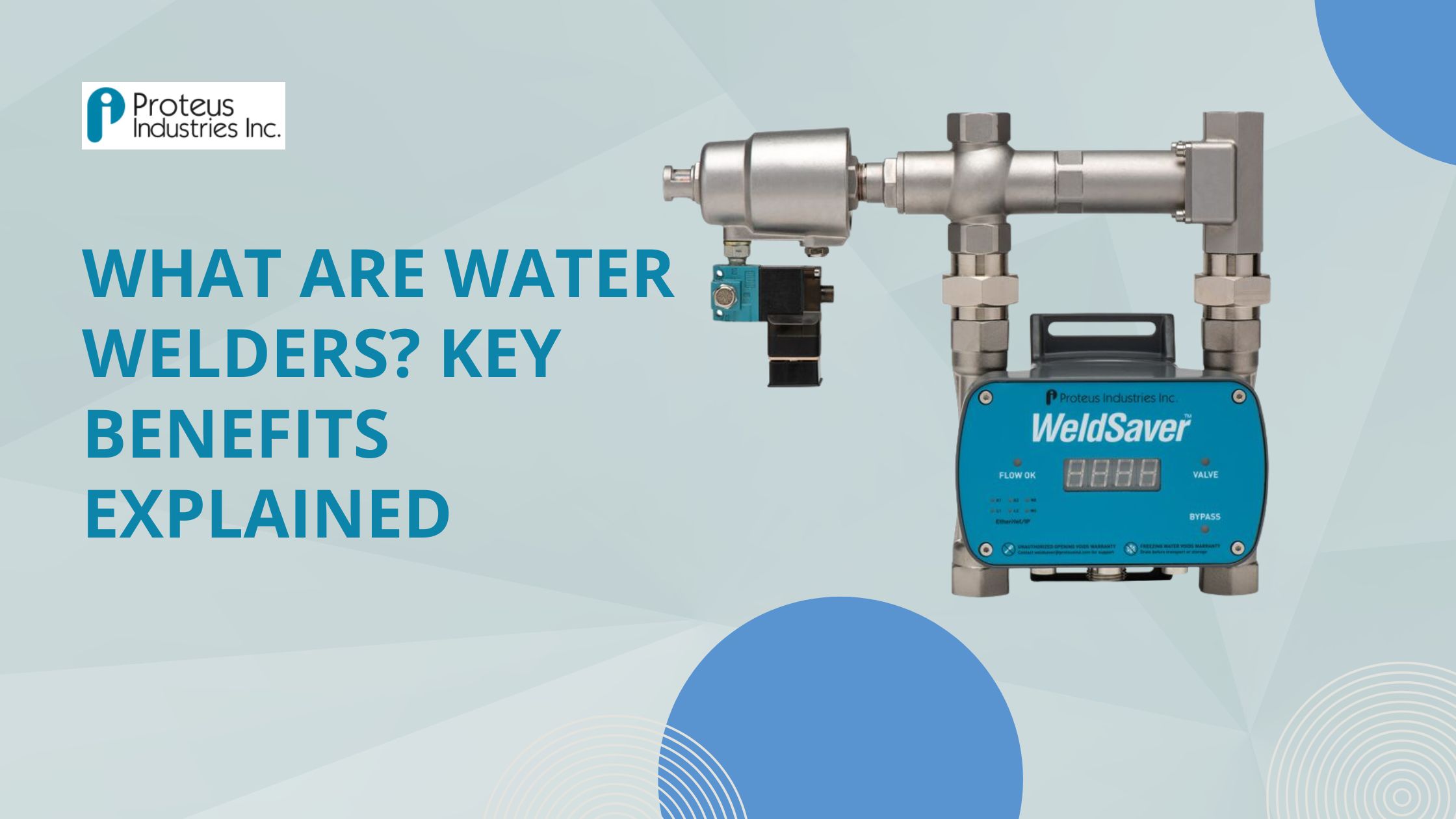Water welders play a crucial role in modern welding systems, especially in high-precision and high-heat applications. These specialized machines integrate a water-based cooling mechanism that maintains temperature control during intense welding operations. By using water circulation, these welders reduce the risk of overheating, prolong equipment life, and improve overall weld quality.
With the rise in automation and complex welding projects, understanding how water welders work and why they are valuable is essential. This article explores the definition, components, applications, and key advantages of water welders in today’s industrial landscape. These systems also support smarter workflows when integrated with advanced monitoring tools such as the Weld Saver, a product designed to prevent downtime caused by coolant loss.
How Do Water Welders Work?
Water welders are equipped with a closed-loop water cooling system that regulates heat generated during welding. The coolant—typically deionized water or a water-glycol mix—is circulated through the power source. As it absorbs heat, it passes through a radiator or heat exchanger where it cools before re-entering the system.
This continuous cycle keeps the equipment and consumables within safe temperature ranges, preventing damage due to overheating. The steady temperature also ensures consistent weld quality over longer production runs.
Key Components
A typical water welding system includes:
- Coolant reservoir – stores the cooling fluid
- Pump – circulates the coolant through the system
- Radiator or heat exchanger – cools the fluid
- Sensors and controllers – monitor temperature and flow rates
- Tubing and connectors – link the cooling system to the welding equipment
When paired with smart flow monitors such as the Weld Saver, water welders become even more efficient and fail-safe.
Benefits of Using Water Welders
1. Temperature Control
Water welders drastically reduce the chances of control overheating, which is one of the most common causes of failure. By keeping internal components cool, they extend the life of cables, and contact tips, reducing maintenance costs and downtime.
2. Higher Weld Quality
Stable operating temperatures contribute to more consistent weld beads, reduced spatter, and fewer welding defects. This leads to better-quality welds, less rework, and improved product integrity—especially critical in structural and load-bearing applications.
3. Increased Productivity
Water-cooled systems enable welders to work at higher amperages for longer periods, increasing overall throughput. This is particularly important in automated environments where production lines need to run continuously without frequent shutdowns for cooling.
4. Enhanced Safety
By preventing overheating, water welders reduce the risk of fire and electrical failure. With added features such as real-time flow monitoring and auto shutoff (as found in the Weld Saver), the system protects both equipment and personnel.
These combined benefits illustrate why companies across manufacturing sectors are transitioning to water welding setups. To enhance performance, Proteus Industries Inc offers products that make these systems more efficient and safer.
Weld Saver Overview: Smart Protection for Water Welders
The Weld Saver is an intelligent flow monitor and shutoff device designed for water-cooled robotic welding systems. It plays a vital role in preventing costly downtime and equipment damage by detecting loss of coolant flow.
Key Features of the Weld Saver
- Real-time flow monitoring – ensures continuous coolant circulation
- Leak detection – alerts operators to hose or fitting failures
- Automatic shutoff – halts welding to prevent damage when coolant stops
- Compact design – fits easily into existing systems
- Digital I/O integration – for PLC or robot controller compatibility
This proactive tool safeguards the entire cooling system, protecting the equipment, cables, and weld cell from failure. In robotic applications where consistent performance is mandatory, the Weld Saver minimizes risks and keeps production lines moving.
Its value becomes even more evident in environments with 24/7 operations or tight quality control standards.
Cooling Efficiency
Water has a higher thermal conductivity than air, making it more effective at removing heat. This allows water-cooled systems to operate at higher currents without thermal breakdown.
Equipment Lifespan
Water welders reduce the wear and tear on equipment and consumables, thanks to superior temperature regulation. Air-cooled systems often lead to quicker equipment degradation, especially under heavy-duty usage.
Maintenance Tips for Water Welding Systems
Regular maintenance ensures your water welder runs smoothly and safely. Below are a few best practices:
- Check coolant levels daily to ensure consistent flow
- Inspect hoses and connections for leaks or wear
- Clean radiators and filters regularly to prevent blockages
- Test flow switches and monitors to verify accurate readings
- Flush and replace coolant periodically to avoid contamination
Using flow monitoring devices like the Weld Saver can automate much of this process, reducing the chance of human error.
Conclusion
Water welders have become a necessity in today’s demanding industrial environments. Their superior temperature regulation, higher productivity, and enhanced weld quality make them ideal for high-performance applications across industries. By integrating smart devices such as the Weld Saver, manufacturers can ensure continuous operation and prevent costly failures.
Whether you’re working in automotive, aerospace, or robotic welding, investing in water welders is a step toward improved reliability and operational efficiency.
